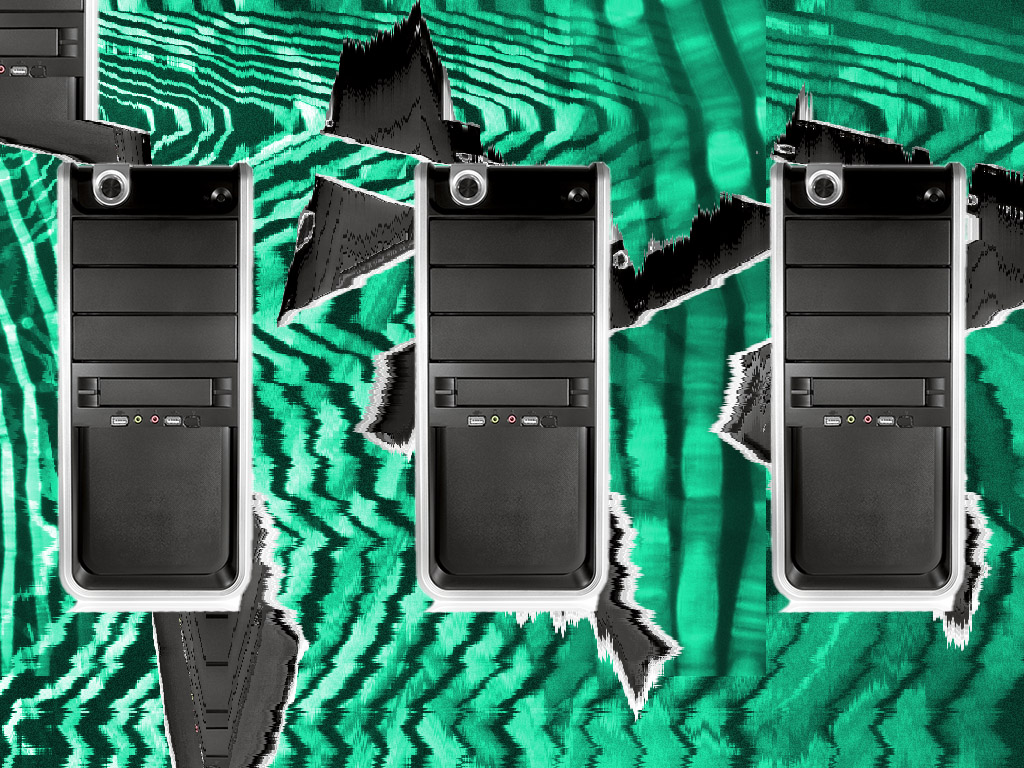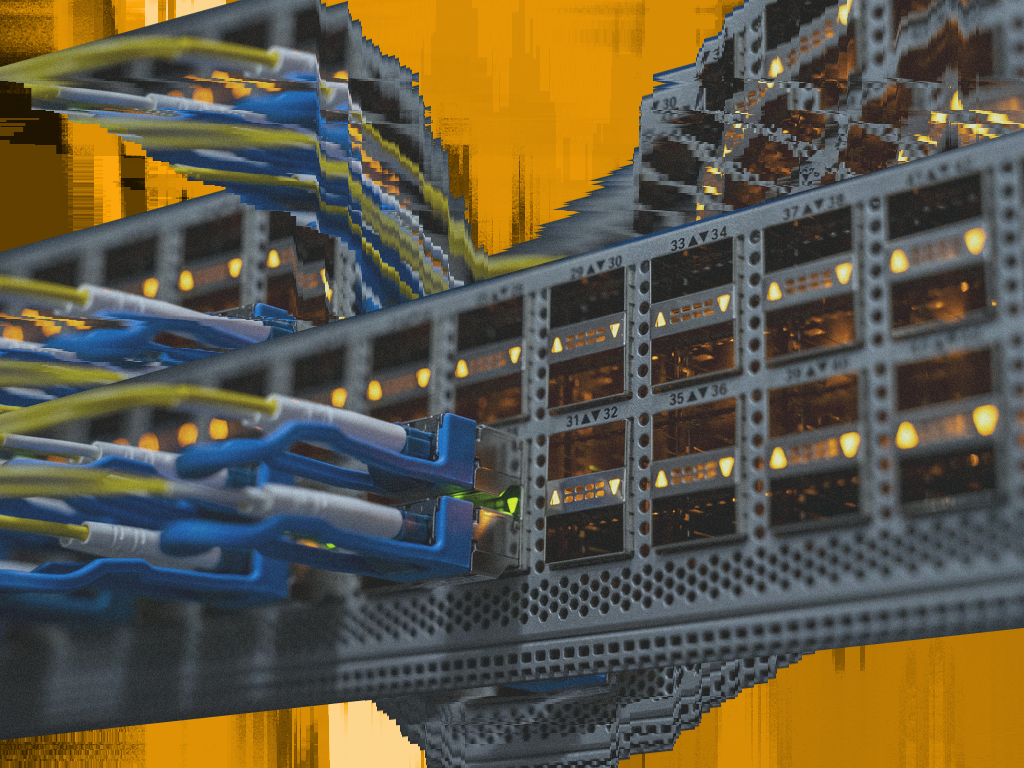You’ve probably heard of blockchain technology, but do you know what it is? Or what it’s used for? Probably not, hence why you’re reading this explainer. A blockchain is a distributed ledger of data recorded and stored across many computers in a network.
Different types of information can be stored on them, but the most common use is to store transaction data for cryptocurrencies and other digital assets. Aside from underpinning a new class of digital assets called cryptocurrencies (Bitcoin, for example) due to its advantages in maintaining security, immutably storing transaction data and enabling trustless transactions between counterparties, they have the potential to impact how we live, work and play.
Let’s take a look at how.
What is blockchain in simple terms?
A blockchain is essentially a shared database or distributed ledger of information. Unlike a centralised database that stores information in a single location, a blockchain stores information across many different computers, each containing a full copy of all previous data. By distributing the data across many sources, there is no single point of failure, making the system more secure, enabling trust-less transactions and creating an immutable ledger of past data.

This makes it almost impossible for a bad actor to alter information in the database; once the data is there, it is there forever. When new data is added, it is grouped into a ‘block’ of set size and then added on top of other data blocks, forming a chronological chain, which is why it’s called a ‘blockchain’. As new data is added, each computer in the network checks that their copy is the same as the others, making sure that no changes have been made to any previous data.
How does it work?
They allow for data to be recorded and distributed across many different sources, making it immutable. This makes them the perfect database to store information like transaction history, as once the data is added, it’s extremely difficult for it to be deleted, altered or destroyed.
This distributed ledger of transaction history makes sure that cryptocurrencies utilising decentralised blockchains are exceptionally difficult to exploit.
The transaction process for a cryptocurrency utilising blockchain technology goes as follows:
- A user of the network submits a transaction, such as sending cryptocurrency to a wallet.
- This transaction is submitted to a network of computers that are distributed around the world.
- This network of computers works to determine if the transaction is valid by checking the history of the blockchain with each other.
- Once confirmed to be a valid transaction, it is added to a block, along with other transactions that have been deemed valid.
- Once the block is full, it is then linked to the previous one. This creates a chain of blocks linked together in chronological order.
- The transaction data has now been added permanently to the blockchain.
How can you use blockchain?
Almost all cryptocurrencies use blockchain technology. To get started using blockchain and cryptocurrencies, you need to first acquire some crypto and store it in a digital wallet. Once you have done this, your holdings are already recorded on the ledger. You can then send the cryptocurrency to another entity, such as an exchange, a DeFi platform or even just to a friend. By submitting this transaction, you are utilising the power of distributed ledger technology to enable a peer-to-peer transaction.
Can blockchains talk to each other?
The technology is still relatively new, especially when it comes to cryptocurrencies, with some still lagging behind centralised data systems in terms of speed and capacity of processing the data. For this reason, there are many different kinds, each trying to solve the problems of security, transaction speed and cost in different ways.

With so many blockchains comes opportunity for investors to utilise different ones for different purposes. However, blockchains are generally built as stand-alone systems and require additional development to interact with others.
Cross-chain bridges have solved this issue, allowing investors to move assets from one chain to another with relative ease. Cross-chain bridges can work in multiple ways, although the most common is for the bridge to take the asset on one chain and place it in a smart contract ‘vault’.
On the other chain, the bridge spits out another token that is backed by the original asset in the vault, giving it a similar price. These tokens are designed to have characteristics of the original, but are compatible with the blockchain on the other side. With the number of blockchains increasing all the time, cross-chain bridges have become crucial infrastructure for them to ‘communicate’ with one another.
What is a smart contract?
Smart contracts are programs that run on blockchains to execute tasks automatically when specific conditions have been met. Programmers utilise these programs when building decentralised peer-to-peer platforms, allowing individuals to utilise them without permission from any top-down authority and automatically execute the desired outcome.
This allows anonymous parties to enter into transactions without the need for a central entity to facilitate or enforce the transaction. The rules of the contract are predetermined, and if one party does not fulfil their requirements, then the smart contract will not execute the transaction.
With the birth of Ethereum, the programming of smart contracts have enabled the design of new utilities beyond the simple transfer of an asset, such as enabling the right to vote or redeem unique perks.
Blockchain transactions
When a transaction is settled on a blockchain, it is added to a block in the chain and distributed across computers in the network. Information such as date, time, asset type, amount, sender and receiver are generally the most common details recorded for each transaction, although each blockchain and transaction can differ, especially when it comes to those used for private business. In a secure, decentralised, public blockchain, this transaction data can never be edited or deleted; it is permanent. There are many different transaction types, especially when it comes to decentralised finance and transactions executed through smart contracts, although, fundamentally, they are usually recorded using a similar process.
Blockchain types
There are four main types:
1. Public
Public ones are the most common form of blockchain and are used for the majority of cryptocurrency networks such as Bitcoin and Ethereum. They do not restrict who can join, transact or view the data on the chain. They are also open and transparent, meaning anyone can access evidence of data and transactions.
The computers in these networks, known as validators, are distributed globally and each contains a full copy of the ledger history. This creates an entirely decentralised system that is secure, immutable and beyond the control of central entities.
2. Enterprise
Enterprise ones are non-public blockchains utilised by companies to streamline certain business processes.
Companies opt for private varieties over public blockchains as they can restrict who can access the information or transact on the chain. They are extremely useful for tracking goods in a supply chain or for settling internal payments within a group of entities.
3. Consortium
These are governed by a group of entities rather than just a single organisation. Due to an increase in decentralisation, they have the advantage of greater security as a single bad actor would be unable to affect the chain without the other entities’ approval.
The advantage of consortium blockchains is it enables enterprises to collaborate with each other. Public blockchains tend to be slower due to the excess number of users on the platform. They are also permissioned, so not anyone can access them.
4. Hybrid blockchains
Hybrid blockchains bring together components of both public and private chains in order to create an ‘ideal’ solution for the proposed use case. Generally, a private entity or group of entities will ‘own’ the chain and validate the transactions, although some or all of the data is generally available for verification.
This type will generally have the advantage of being cheap and fast due to the small number of validators in the system. The trade-off, however, is increased centralisation.
Why learn blockchain development?
Learning blockchain development is a skill that will most likely pay dividends for those that pursue it. The job prospects for this area are growing strongly and many organisations around the world agree that this area will continue to grow as more companies adopt the technology.
Those that are already working in development have a massive advantage, as they are at the forefront of innovation and could potentially have multiple years of experience under their belt already. Developing the skills required to work in this area sooner rather than later will put you at the forefront of this emerging industry.
How to create a blockchain
Developing a blockchain requires extensive technical and coding skills, along with an in-depth understanding of blockchain fundamentals. As decentralised public blockchains have open-source code, it is possible to ‘copy’ an existing blockchain and reinvent it via modifying existing code to suit the desired use case. Some key considerations when deciding to develop your own blockchain are:
1. What are the laws around developing a blockchain and how will they affect me?
Contracting professional legal advice before starting to develop a blockchain or create a cryptocurrency is a must. Developers must be aware of their local laws and must remain compliant or face potential negative interactions with local authorities.
2. What consensus mechanism will it use?
This is an important question, with the main choices being Proof-of-Work (PoW) or Proof-of-Stake (PoS). Each has its own advantages and disadvantages.
3. What type of blockchain will you be developing?
The blockchain will be one of the four types outlined above. Each has its own set of unique advantages and disadvantages. It is important to factor in the desired use case when making this decision.
4. How will you verify and audit the code?
Most developers will utilise an external contractor specialising in blockchain audits to ensure the code is sound and that there are no security vulnerabilities. It is important to choose a reputable auditor, or even multiple, as the blockchain is only as good as the code used to create it.
How to invest in blockchain technology
There are two main ways to invest in blockchain technology. The first is to invest directly into cryptocurrencies that utilise it. The second is to invest directly into businesses that are developing blockchains or blockchain-based solutions themselves. Investors looking to gain exposure to public blockchains through cryptocurrencies may want to study up on the larger, ‘blue chip’ crypto assets like Bitcoin and Ethereum.
For those wishing to invest in blockchain businesses, it’s worthwhile staying up to date with which traditional businesses are investing in or developing their own blockchain technology. For both options, there are a growing number of opportunities to gain exposure to blockchain technology, with new cryptocurrencies and related businesses entering the market every day.
How will blockchain change the world?
There are many potential avenues for blockchain technology to disrupt existing industries and change the world in which we live today. For those living in developing countries with limited traditional financial services, public blockchains, cryptocurrency and decentralised finance can grant unrestricted access to financial products that would have been entirely inaccessible beforehand.

For many of these individuals, simply getting a bank account often borders on the impossible. Blockchain has unlocked the possibility of digital payments and financial services for everyone worldwide. Enterprise blockchains and related solutions for businesses also have the potential to change the world by streamlining data storage, supply chain tracking and internal payments processes to create more efficient systems.
As blockchain technology improves, and more people and businesses adopt it globally, the impact of this emerging system is sure to have a drastic impact on our lives and change the world as we know it.
What are the risks?
The main risks of blockchain are directly tied to the code that underpins them. Poorly written code can lead to security vulnerabilities for the blockchain, which can lead to exploitation of the entire chain if a bad actor discovers a weak point. As blockchain is still an emerging technology, there are many risk factors that are not fully understood or that still remain unknown.
This issue is magnified by the reality that experienced blockchain developers are few and far between, making it difficult to find reputable programmers and auditors for blockchain coding. As time goes on, it is likely that the code-based risks will decrease as individuals gain more experience and the entire industry adopts more well-defined standards to ensure safety and security.
You should now be able to answer someone who asks, “What is blockchain?”, putting you ahead of the crowd in your knowledge about this emerging technology. This industry is only just getting started and there may yet be boundless opportunities for those who wish to take advantage of them. The choice is yours.



